We’ve wrapped up our interview and are walking to get coffee when Mucahid Bayrak points to a People’s Republic of China flag. It hangs from an apartment balcony near National Taiwan Normal University (NTNU), where Bayrak is an assistant professor in the Department of Geography.
“In Taiwan, you can do something like that, unlike in much of Asia,” he says, underscoring a point he’d made during our conversation.
I reached out to Bayrak late last year, after coming across a paper he’d recently lead-authored, titled “The effect of cultural practices and perceptions on global climate change response among Indigenous peoples: a case study on the [At]ayal people in northern Taiwan” and published in Environmental Research Letters.
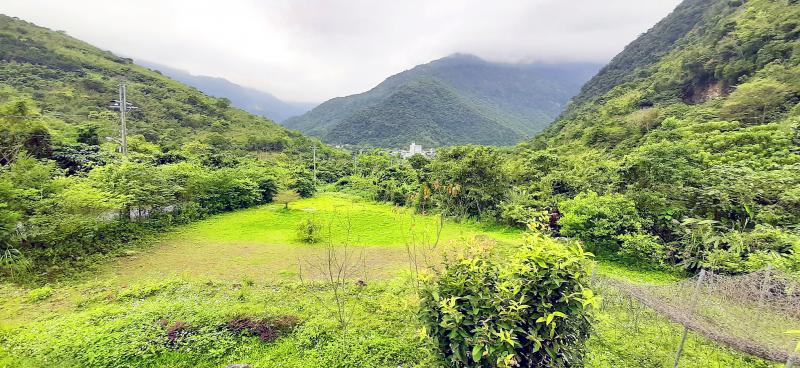
Photo courtesy of Mucahid Bayrak
The Atayal (泰雅) are one of 16 Aboriginal communities recognized by the government. Aboriginal people account for 2.4 percent of the country’s population.
The first sentence of the paper, which Bayrak wrote with two NTNU colleagues, acknowledges that Aboriginal peoples “are disproportionately affected by climate change.”
Given his non-Han name, I wondered if Bayrak was himself Aboriginal. He isn’t, it turns out.
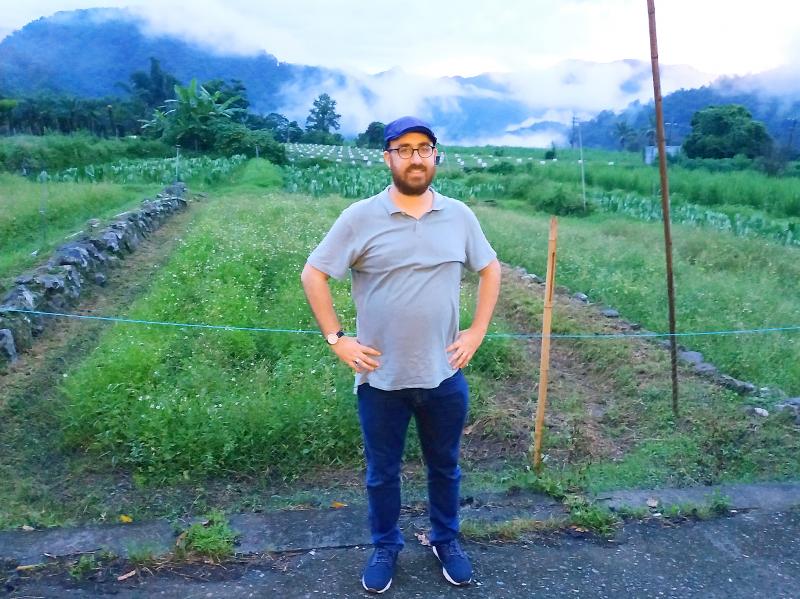
Photo courtesy of Mucahid Bayrak
A Dutchman with Turkish ancestry, Bayrak did research among Vietnam’s indigenous people (the so-called Montagnards) for his PhD studies at the Chinese University of Hong Kong. He describes himself as “passionate about forest dependent communities, conservation initiatives and sustainable livelihood development.”
Bayrak, who joined NTNU’s faculty in 2018, has conducted extensive surveys and interviews among Atayal residents (and some of their Han-Taiwanese neighbors) in Taoyuan’s Fusing District (復興) and Yilan County’s Nanao Township (南澳) to understand their attitudes towards climate change.
“Cultural dimensions and perceptions certainly matter,” he says. “If you talk to indigenous people — and not only in Taiwan — there’s a divide between the climate-change discourses they get from the media or their government, and their own observations,” he says.
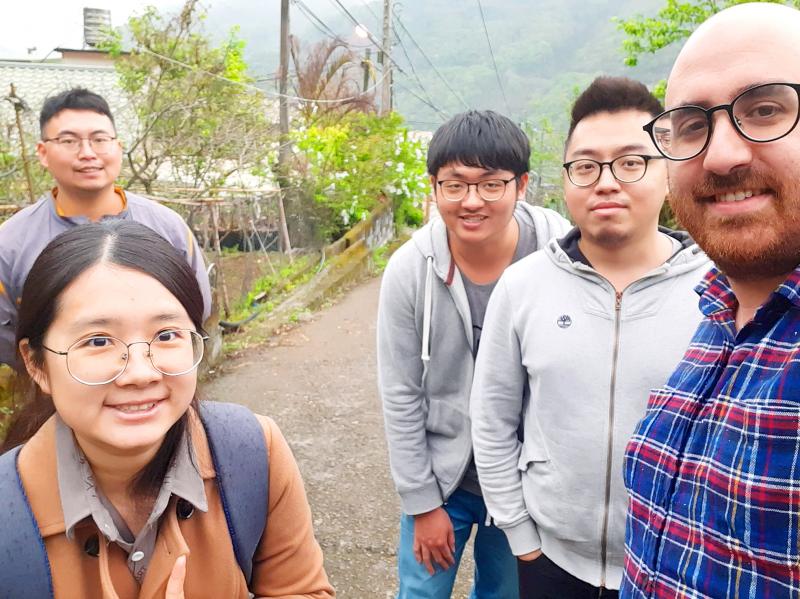
Photo courtesy of Mucahid Bayrak
Bayrak says one reason why there isn’t always a strong link between what Aboriginal people report seeing with their own eyes and the picture of global climate change they get from TV or the Internet is that local observations often go beyond the lifetime of the interviewee.
He’s noticed that, when discussing current conditions, it isn’t uncommon for Aboriginal people to reference what happened in their parents’ or grandparents’ time.
“Indigenous knowledge is often communicated through songs, stories and rituals,” says Bayrak. “Compared to science, the way in which cultures generate, disseminate and perceive knowledge is broader.”
TRADITION VS MODERNITY
It’s important to recognize the contrast between traditional Aboriginal beliefs and what’s variously called modern, industrialized or Western thinking, he argues.
The latter, influenced by Western ontologies of nature, “includes elements of ‘God created this world for you, so go ahead and take what’s yours,’ whereas non-monotheistic or indigenous worldviews often teach: ‘You’re not the center of the world, you’re part of it. If you take care of this environment, it’ll take care of you,’” he says.
To stress the relationship Taiwan’s Aboriginal people have traditionally had with their land, some Aboriginal scholars have imported the Australian Aboriginal concept of “country.” This doesn’t refer to the modern state, but rather the terrain, the living things and spirits which inhabit it, its as well as its myths and seasons.
Bayrak describes this as “a very valuable idea.”
“When you can understand what environmental change means for people’s worldviews, you put indigenous people on a more equal footing, because you’re not taking ‘Western’ science as your point of departure, but rather indigenous knowledge is your point of departure,” he says.
“We should treasure these different forms of knowledge. They might conflict at times, but we should acknowledge that there are multiple ways of looking at the environment. At the same time, saying ‘indigenous people are at one with nature’ is too simplistic.”
Bayrak stresses that many indigenous communities have great flexibility when it comes to dealing with change. Many Atayal perceive dramatic climate-related events not necessarily as disasters, but rather as natural — and sometimes even desirable — phenomena, he says.
The “Cultural practices and perceptions” paper quotes an Atayal farmer as asserting that if typhoons don’t strike the mountains, the problem of bees attacking people becomes more serious.
When Aboriginal peoples engage in commercial agriculture, they lose some of their flexibility.
“I’ve seen that with indigenous farmers growing rubber or coffee in Vietnam, and with fruit farmers in Fusing,” says Bayrak.
As the paper points out, Fusing’s peach farmers lost almost their entire 2019 harvest because of unseasonably warm conditions that February. One interviewee told to researchers that the weather “is becoming more unpredictable each year.”
Bayrak says that when Aboriginal communities are given the right to control their hunting grounds or waterways, they’re often very effective at managing them sustainably.
Danaiku (達娜伊谷) near Alishan (阿里山), where the community has worked together to protect river resources and establish an ecotourism park, is an excellent example, he says.
However, successes like Danaiku or Smangus (司馬庫斯) in Hsinchu County can limit the space for experimentation elsewhere.
“Those two places are often held up as model villages. Other indigenous villages are expected to behave just like them, and replicate the model,” Bayrak says.
If Bayrak is more optimistic than some observers about the future of Taiwan’s Aboriginal minority, in part it’s because of the country’s political plurality.
Several of the resettlement communities where Aboriginal people were encouraged to relocate following 2009’s Typhoon Morakot remind Bayrak of the fake made-for-TV town in the movie The Truman Show.
“But at least they triggered a debate about the cultural aspects of disaster recovery and reconstruction. In some parts of the Asia Pacific, there’s no way a discussion like this could happen. They’d resettle you — and, if you’re critical, they’d lock you up,” he says.
“In liberal democracies, there’s more discussion about indigenous people’s rights, and trying to undo historical injustices. In the Asia-Pacific, Taiwan has been at the forefront of this discussion, on a par with New Zealand,” he says, asking: “Just as marriage equality and the government’s response to COVID-19 have enhanced Taiwan’s reputation, is there a way we can put Taiwan on the global map for indigenous peoples’ rights?”
Steven Crook, the author or co-author of four books about Taiwan, has been following environmental issues since he arrived in the country in 1991. He drives a hybrid and carries his own chopsticks.
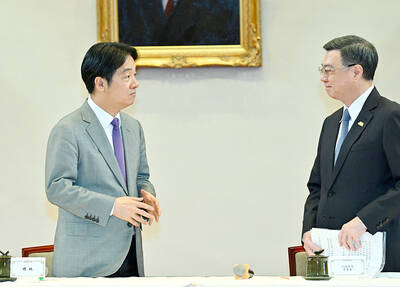
Under pressure, President William Lai (賴清德) has enacted his first cabinet reshuffle. Whether it will be enough to staunch the bleeding remains to be seen. Cabinet members in the Executive Yuan almost always end up as sacrificial lambs, especially those appointed early in a president’s term. When presidents are under pressure, the cabinet is reshuffled. This is not unique to any party or president; this is the custom. This is the case in many democracies, especially parliamentary ones. In Taiwan, constitutionally the president presides over the heads of the five branches of government, each of which is confusingly translated as “president”

Sept. 1 to Sept. 7 In 1899, Kozaburo Hirai became the first documented Japanese to wed a Taiwanese under colonial rule. The soldier was partly motivated by the government’s policy of assimilating the Taiwanese population through intermarriage. While his friends and family disapproved and even mocked him, the marriage endured. By 1930, when his story appeared in Tales of Virtuous Deeds in Taiwan, Hirai had settled in his wife’s rural Changhua hometown, farming the land and integrating into local society. Similarly, Aiko Fujii, who married into the prominent Wufeng Lin Family (霧峰林家) in 1927, quickly learned Hoklo (commonly known as Taiwanese) and

The Venice Film Festival kicked off with the world premiere of Paolo Sorrentino’s La Grazia Wednesday night on the Lido. The opening ceremony of the festival also saw Francis Ford Coppola presenting filmmaker Werner Herzog with a lifetime achievement prize. The 82nd edition of the glamorous international film festival is playing host to many Hollywood stars, including George Clooney, Julia Roberts and Dwayne Johnson, and famed auteurs, from Guillermo del Toro to Kathryn Bigelow, who all have films debuting over the next 10 days. The conflict in Gaza has also already been an everpresent topic both outside the festival’s walls, where
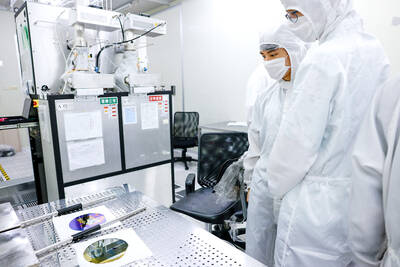
The low voter turnout for the referendum on Aug. 23 shows that many Taiwanese are apathetic about nuclear energy, but there are long-term energy stakes involved that the public needs to grasp Taiwan faces an energy trilemma: soaring AI-driven demand, pressure to cut carbon and reliance on fragile fuel imports. But the nuclear referendum on Aug. 23 showed how little this registered with voters, many of whom neither see the long game nor grasp the stakes. Volunteer referendum worker Vivian Chen (陳薇安) put it bluntly: “I’ve seen many people asking what they’re voting for when they arrive to vote. They cast their vote without even doing any research.” Imagine Taiwanese voters invited to a poker table. The bet looked simple — yes or no — yet most never showed. More than two-thirds of those